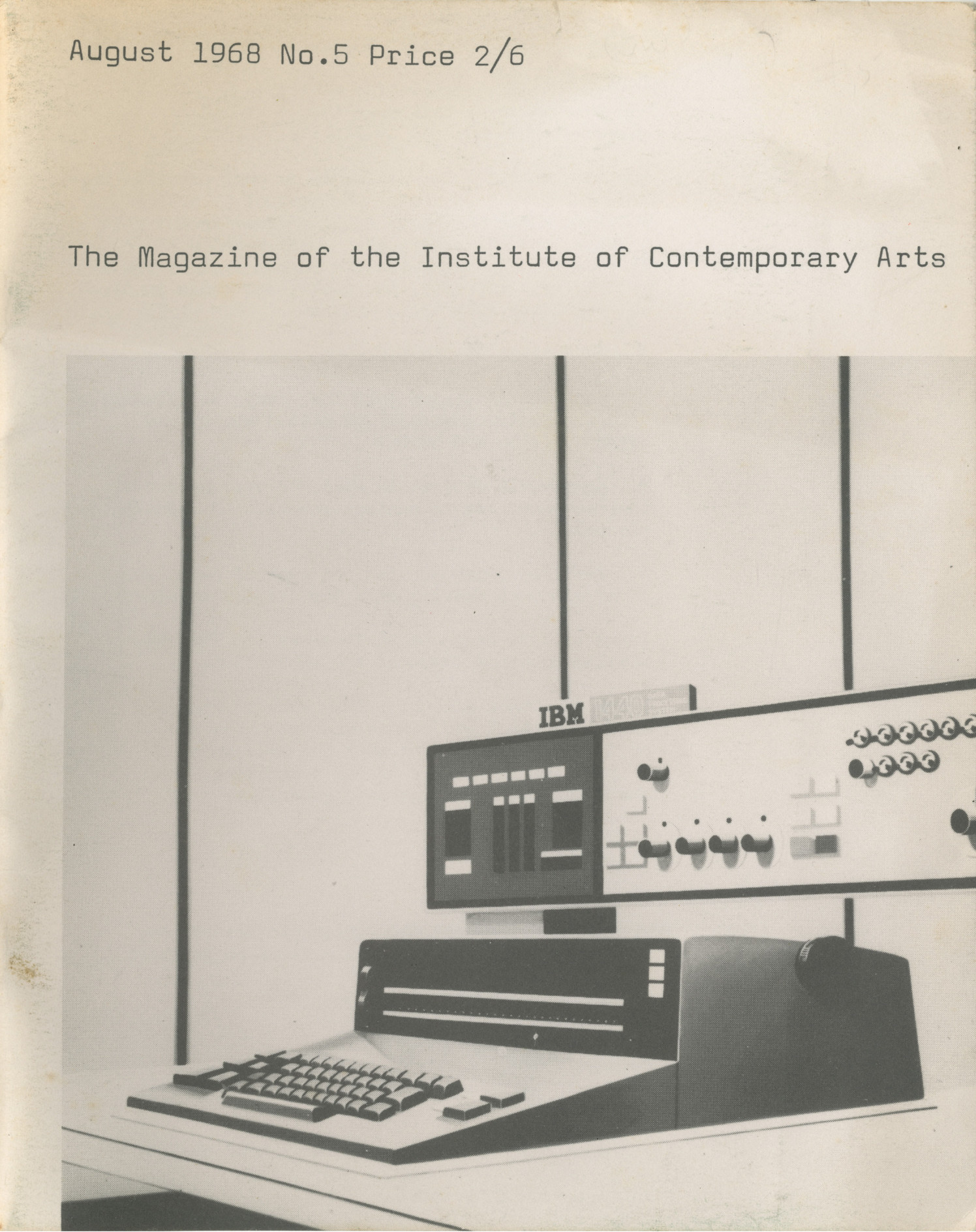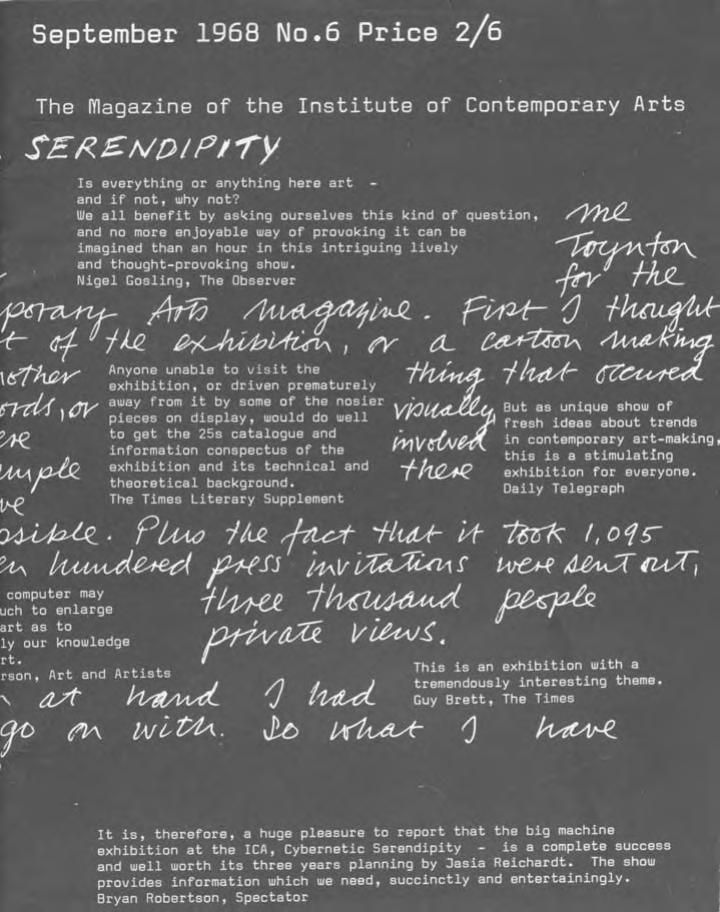Gary Westfahl: William Gibson (2013)
Filed under book | Tags: · artificial intelligence, biography, computing, cyberpunk, cyberspace, science fiction, virtual reality

“The leading figure in the development of cyberpunk, William Gibson (born in 1948) crafted works in which isolated humans explored near-future worlds of ubiquitous and intrusive computer technology and cybernetics. This volume is the first comprehensive examination of the author of the seminal novel Neuromancer (and the other books in the Sprawl trilogy, Count Zero and Mona Lisa Overdrive), as well as other acclaimed novels including Pattern Recognition, Spook Country, and Zero History. Gary Westfahl draws upon extensive research to provide a compelling account of Gibson’s writing career and his lasting influence in the science fiction world.
Delving into numerous science fiction fanzines that the young Gibson contributed to and edited, Westfahl delivers new information about Gibson’s childhood and adolescence. He describes for the first time more than eighty virtually unknown Gibson publications from his early years, including articles, reviews, poems, cartoons, letters, and a collaborative story. The book also documents the poems, articles, and introductions that Gibson has written for various books, and its discussions are enriched by illuminating comments from various print and online interviews. The works that made Gibson famous are also featured, as Westfahl performs extended analyses of Gibson’s ten novels and nineteen short stories. Lastly, the book presents a new interview with Gibson in which the author discusses his correspondence with author Fritz Leiber, his relationship with the late scholar Susan Wood, his attitudes toward critics, his overall impact on the field of science fiction, and his recently completed screenplay and forthcoming novel.”
Publisher University of Illinois Press, Urbana, IL 2013
Modern Masters of Science Fiction series
ISBN 9780252037801, 0252037804
xi+210 pages
via jl
Reviews: Benjamin Gabriel (Strange Horizons, 2013), D. Harlan Wilson (Extrapolation, 2013), Michael M. Levy (Science Fiction Studies, 2014), Lars Schmeink (Journal for the Fantastic in the Arts, 2014).
PDF (43 MB)
Comment (0)The Magazine of the Institute of Contemporary Arts, 5-6: Cybernetic Serendipity (1968)
Filed under magazine | Tags: · art, computer art, computer graphics, concrete poetry, op art, visual poetry


Two issues of ICA London’s magazine dedicated to the seminal exhibition exploring relationships between arts and cybernetics, Cybernetic Serendipity.
The Issue 5 contains texts by Martin Gardner on Op art, Pierre Barbaud on information theory and music, Charles Csuri on his computer art, and an essay on Andrew Rawlinson’s concrete poetry.
The Issue 6 has texts by Daphne Oram, Max Bense, Petar Milojevic, and Nam June Paik.
Edited by Jasia Reichardt
Publisher Institute of Contemporary Arts, London, Aug & Sep 1968
38 & 38 pages
Issue 5: PDF (41 MB, via johnsta)
Issue 6: PDF (3 MB, added on 2022-12-15, via Experimental TV Center)
Interdisciplinary Science Reviews 42(1-2): The Experimental Generation (2017)
Filed under journal | Tags: · 1950s, 1960s, art and science, art history, experimental art, technology, united kingdom

“This special double issue of ISR came out of the conference The experimental generation: networks of interdisciplinary praxis in post war British art (1950–1970) we organized together in 2014, exploring an apparent convergence of interest in art and science around the notion of social responsibility in the 1960s. …
It is rarely recognized that Cambridge was something of a hotbed of interdisciplinary exploration in the 1960s. Within this issue we seek to bring some of the leading figures behind this into the foreground, from the Language Research Unit led by Margaret Masterman to the Centre for Land Use and Built Form Studies created by Leslie Martin in the Architecture Department. Cambridge was, after all, where C.P. Snow (re)ignited the ‘Two Cultures’ debate in 1959; where two key figures in cybernetics and systems theory, Gordon Pask and Robin McKinnon-Wood, met as undergraduates, founded their company ‘System Research’ and developed their first early computers. Ian Sommerville, the precocious mathematician who invented the ‘Dreamachine’ with Bryon Gysin was an undergraduate at Trinity College when he invited Gustav Metzger to give his first public lecture/demonstration on Auto-Destructive Art for the Heretics Society in 1960. In 1964, St Catharine’s College, Cambridge, played host to the ‘First International Exhibition of Concrete, Kinetic and Phonic Poetry’ initiated by a young academic in the English department, Michael Weaver who gathered together over 60 works by poets and artists from 14 countries for a week’s exhibition in a Cambridge college. He worked closely with Reg Gadney, Philip Steadman and Stephen Bann who co-edited a formative issue of IMAGE magazine, on Kinetic Art: Concrete Poetry in November 1964. Steadman, Weaver and Bann went on to launch Form (1966–1969).
As a founder member of the Cambridge University Artists Group, Gadney was instrumental in spreading knowledge of Kinetic Art methods and techniques through articles in the student magazine Granta as well as the London Magazine. In 1965 Metzger was invited back to Cambridge to deliver his ‘Chemical Revolution in Art’ lecture attended by Bann, Gadney and Steadman. In his article for this journal Professor Stephen Bann looks back at the art and ideas that informed his book Experimental Painting, published in 1970, which took developments in art of the previous decade as its subject.
This issue spotlights a period that is still within living memory, and still reverberates today. In encouraging such a diversity of articles we have followed our instincts as curators rather than historians. We have gathered together a constellation of voices, from pioneers to emerging scholars, in order to encourage and facilitate unanticipated connections.” (from the Introduction)
Edited by Bronać Ferran and Elizabeth Fisher
Publisher Institute of Materials, Minerals & Mining, London, 2017
ISSN 0308-0188
224 pages
PDF (33 MB)
Comment (0)
